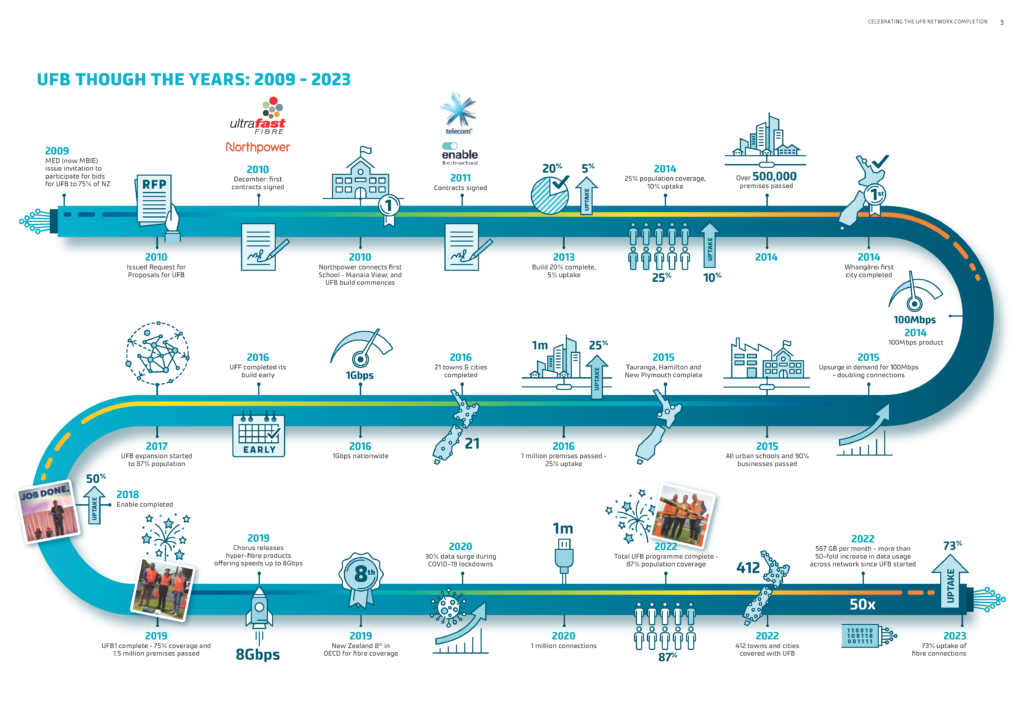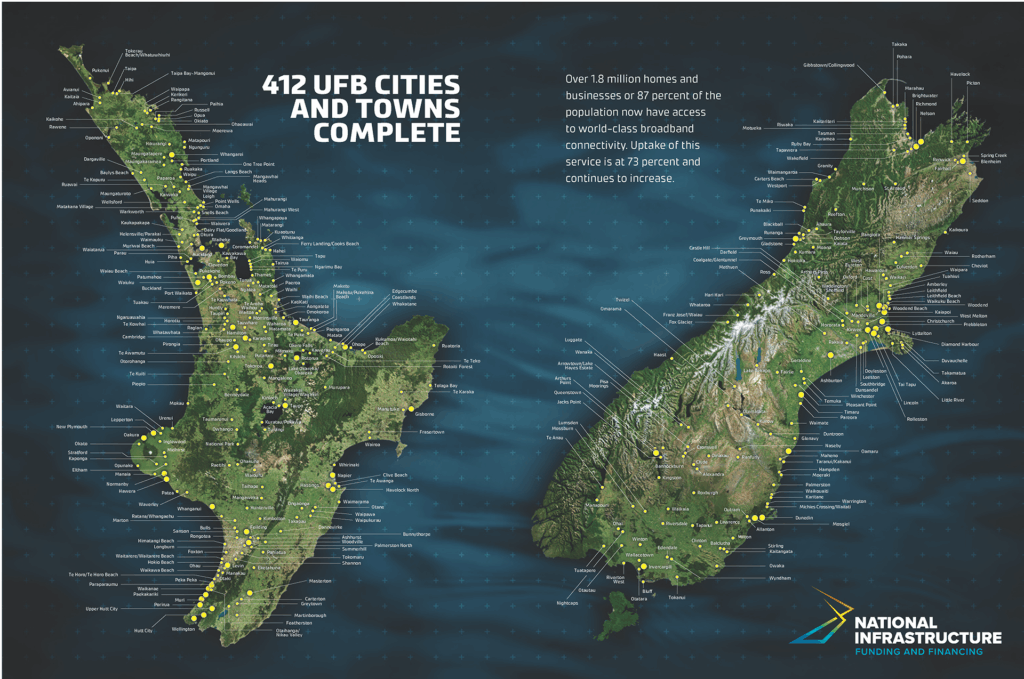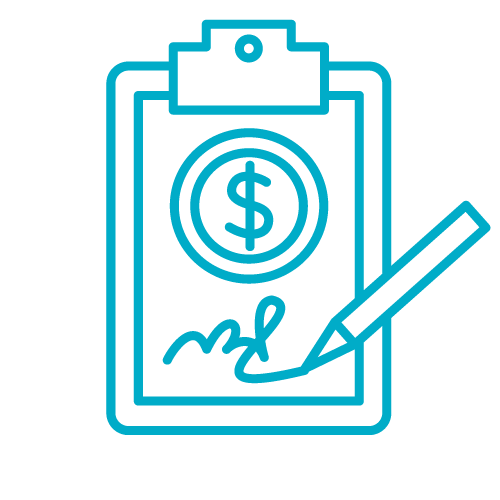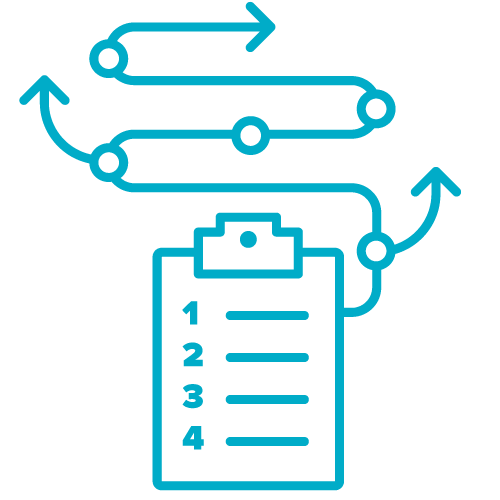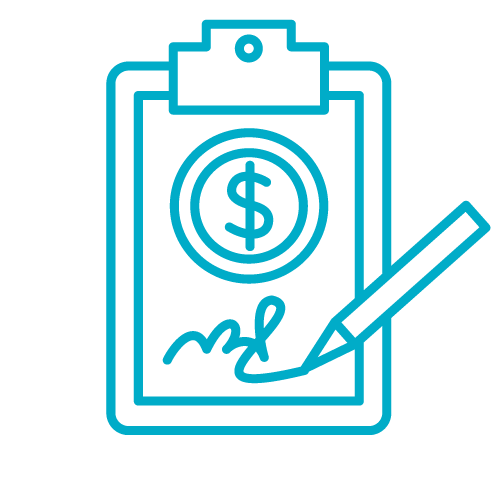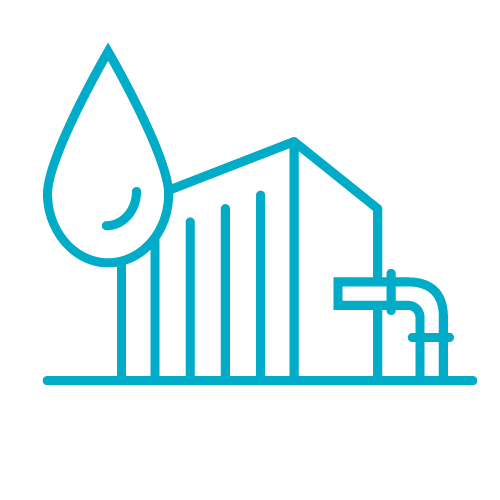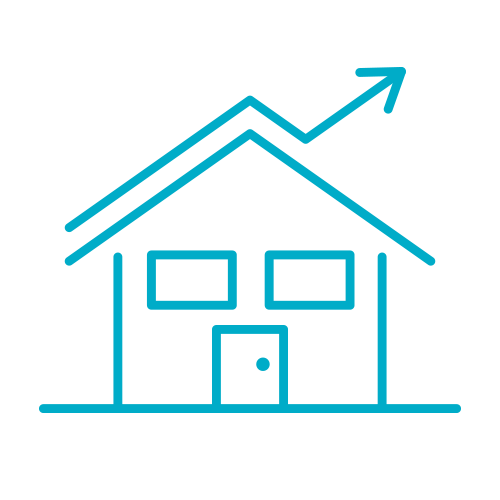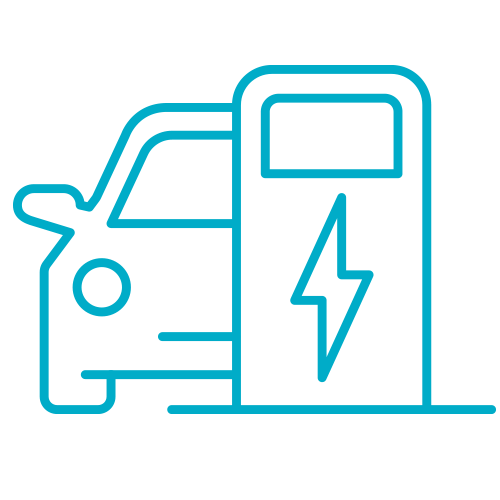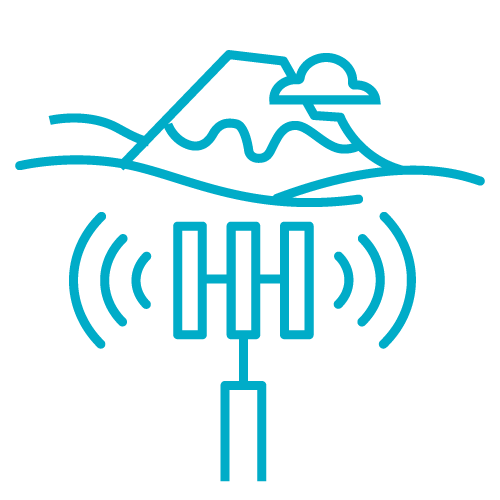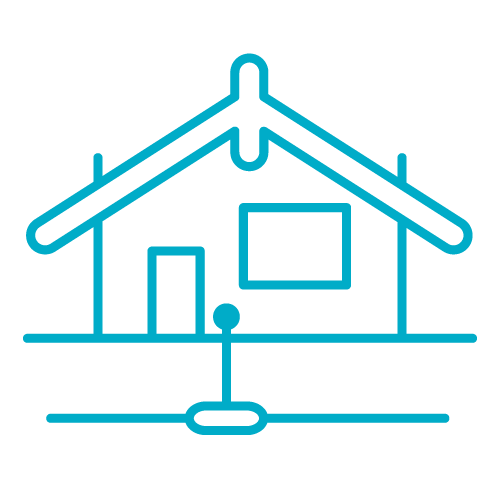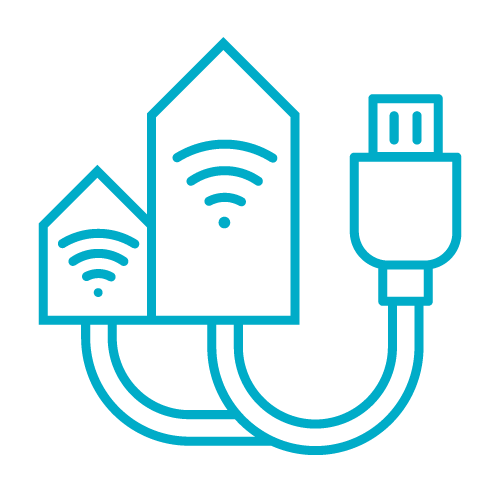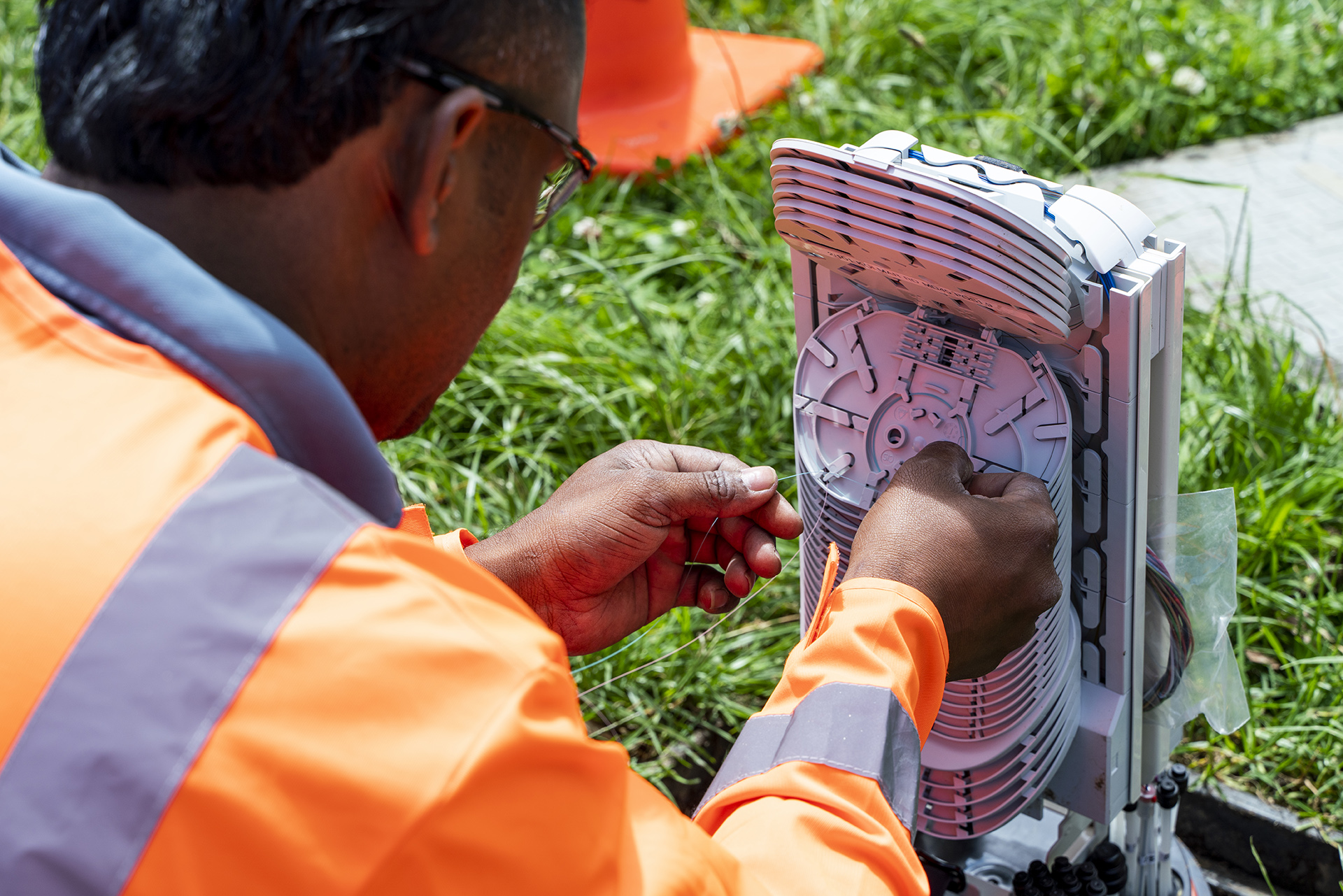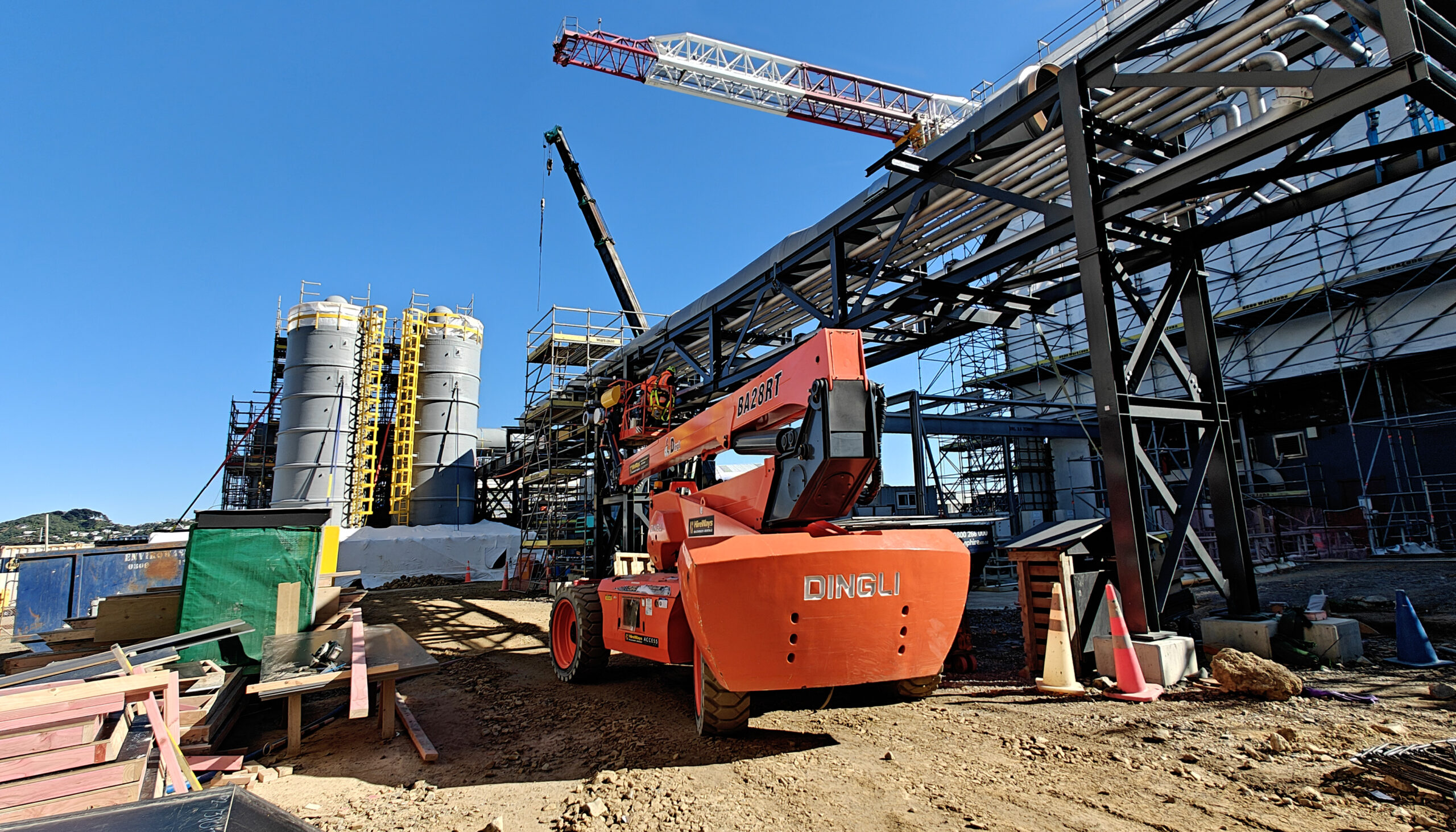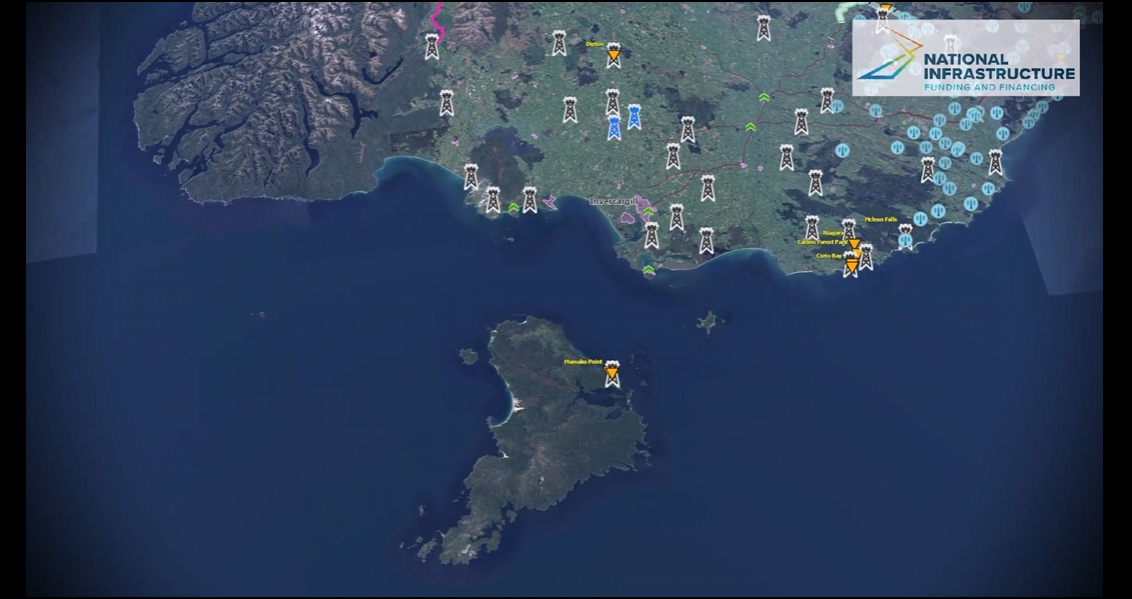The UFB roll out was completed in December 2022, bringing high-speed fibre broadband to 412 towns and cities. Uptake is currently at 76 percent of UFB premises passed as of 30 December 2024, and it continues to increase.
Fast, reliable internet broadband has become a ubiquitous part of everyday life for Aotearoa New Zealand over the last decade, providing access to online education, social connection, work and trade.
| Funding Programme | Ultra-Fast Broadband |
| Delivery Partners | Chorus, Enable Networks, Tuatahi First Fibre, Northpower Fibre |
| Infrastructure Type | Telecommunications |
| Government Funding | $1.75 billion through industry loans |
| Co-Funding | $3.75 billion (from delivery partners) |
| Total project cost | $5.5 billion |
| Project Completed | December 2022 |
Reinvesting funds for public good
Since 2010, $1.75 billion in Government funding has been invested in UFB through interest free loans, with the total cost exceeding $5.5 billion including co-funding from delivery partners.
One of the innovative aspects of the programme has been the recycling funding structure.
Of the original investment made, $390 million of Government funding has been returned and reinvested.
Repayments were recycled back into further UFB extensions and also rural wireless broadband, resulting in more communities enjoying the benefits of reliable fibre broadband as well as rural wireless broadband.
Programme delivery
The benefits of UFB are wide-reaching and help New Zealanders to not only engage in business, trade and tourism but has also been essential to support home education, social connection, as well as business productivity over the last few years. The programme was continually extended and at completion the final towns to be covered were small communities including townships such as Haast, Ōwhango, Tuatapere and Eketāhuna.
National Infrastructure Funding and Financing’s delivery partners Chorus, Northpower, Enable, and Tuatahi First Fibre found cost-effective, deployment solutions to bring UFB to cities and towns across New Zealand – and the business cases became more and more challenging towards the end of the roll-out as population density decreased.
Reaching these locations on time and under budget is an excellent achievement that shows the commitment by Government and delivery partners to expand fibre broadband across Aotearoa.
Government funded UFB Technology
The UFB programme provided funding for a range of technologies and telecommunication infrastructure to improve broadband access for homes, schools, and businesses.
This consisted of outdoor plant technology, including:
- Microduct cables, containing multiple tubes which fibre is “blown” through to the customer premise;
- Fibre-opticcables;
- Street cabinet, or fibre access point, where fibre is split on a ratio of no more than 24:1 to provide service to multiple premises; and
- Central Office or Telephone exchange where UFB network commences and connects to retail service providers.
The customer connection from the street to the premise, GPON optical access, ethernet switching, and customer premises equipment, was not funded.
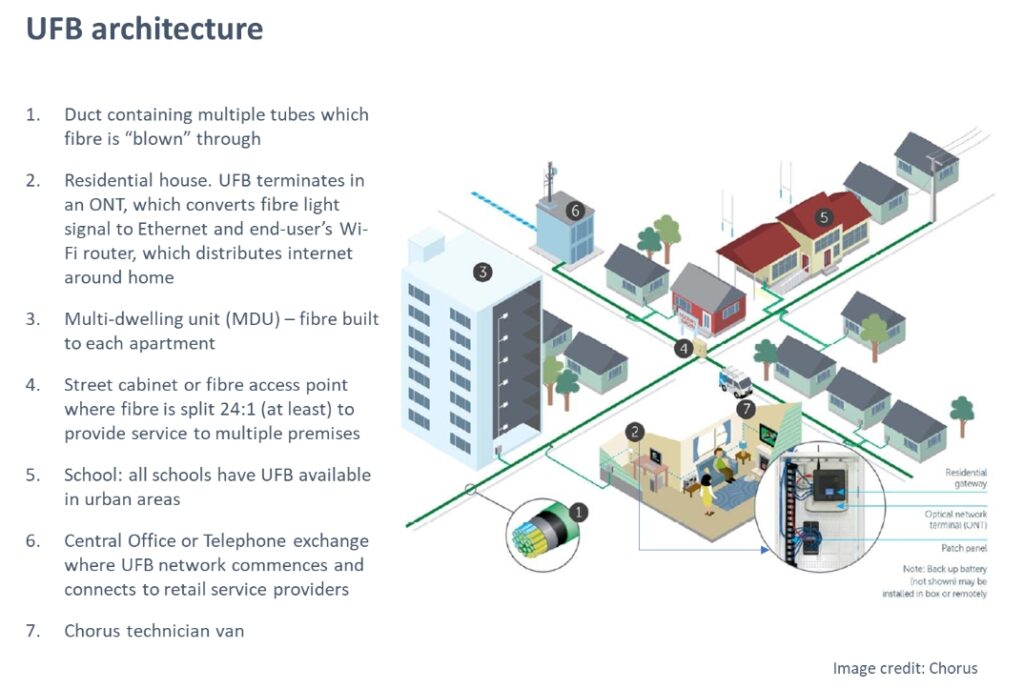
Changing with the times
Much has changed since the programme started in 2010. New Zealanders’ household data usage growth has skyrocketed over the last decade, growing 13-fold from less than 50GB on average per month to about 650GB today. During this time, we have collectively experienced the arrival of online streaming services, three Rugby World Cups and a global pandemic: all of which have led to increases in data usage across the network.
The UFB network is designed and future-proofed for growth. Consumers can already buy 8 Gbps services to the home and with future optical technology, upgrade speeds and capacity are largely unconstrained.
For more information on the economic benefits of the UFB programme in NZ see the Deloitte report here: deloitte-unleashing-fibre-future-of-digital-fibre-infrastructure.pdf
